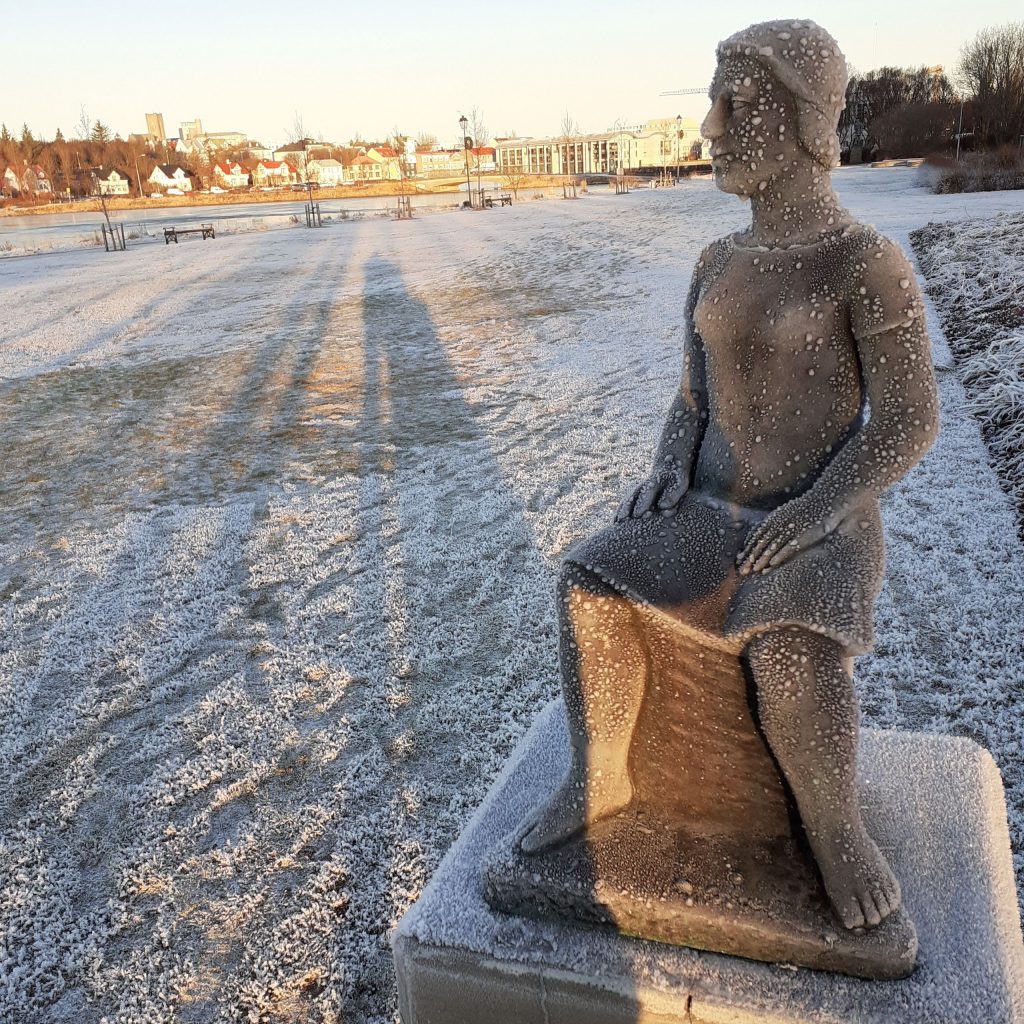Today is World Book Day (almost) everywhere except in Britain, which feels it must go its own way and celebrate books on March 4th. Ironic, considering that the day was chosen since it was the day that Shakespeare died, as well as the Spanish Miguel Cervantes.
More interesting for Norse scholars is the fact that yesterday marked the first day of summer in Iceland, this then being the second. The first day of summer is the first Thursday after April 18th, this year landing on the 22nd. True, it does not always feel very summery on this day, and has been known to snow. In fact, if there was frost the night before as did sometimes happen, it was said that summer and winter froze together, and this would auger a good summer for farming.
Choosing this day as the official start of summer (and it is in fact a public holiday in Iceland since 1971) makes sense if one keeps in mind that the year was divided in two equal halves. At this time, Harpa would begin, the first of the summer months. The tradition of the first day of summer has been documented as early as the 12th Century in Iceland. In Norway and Sweden, summer was said to begin on April 14th and lasting until October 14th.
We do not know if the old Rus celebrated the first day of summer or when. Present day Russians, like many nations, divide the year into four seasons. This then puts the beginning of spring on March 1st, a day when it is distinctly un-summery in most of Russia. And yet people congratulate each other on the onset of a new spring and, perhaps, on having survived another winter.
Why the first day of Russian spring doesn’t feel like spring at all – Russia Beyond (rbth.com)



